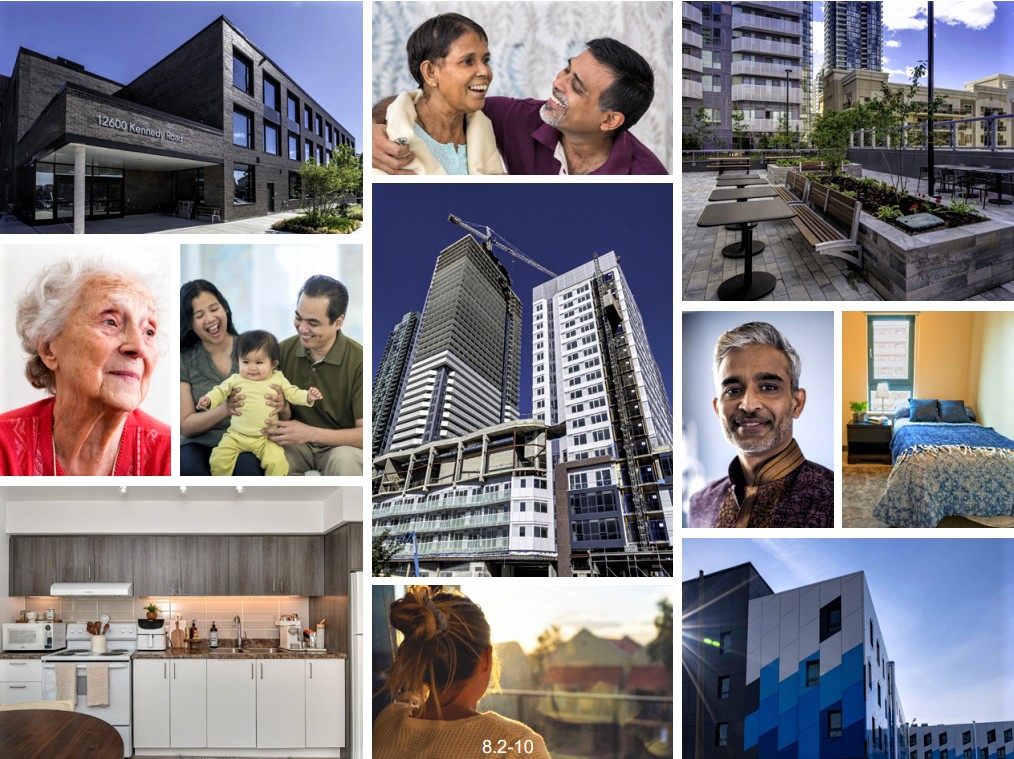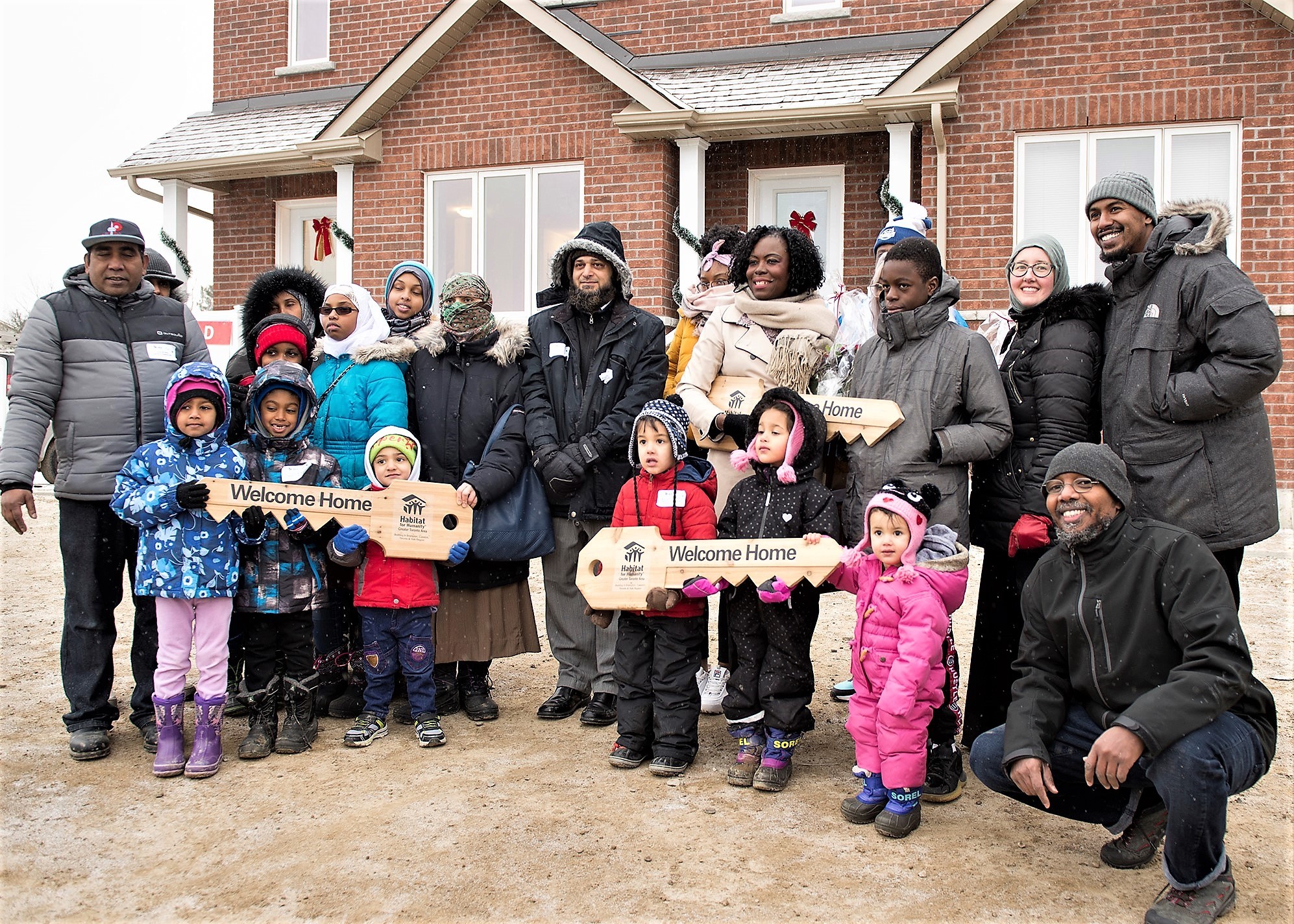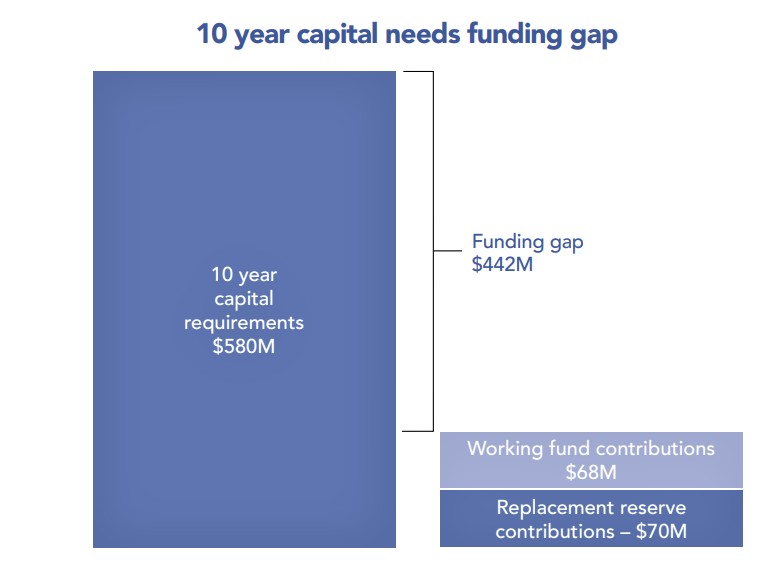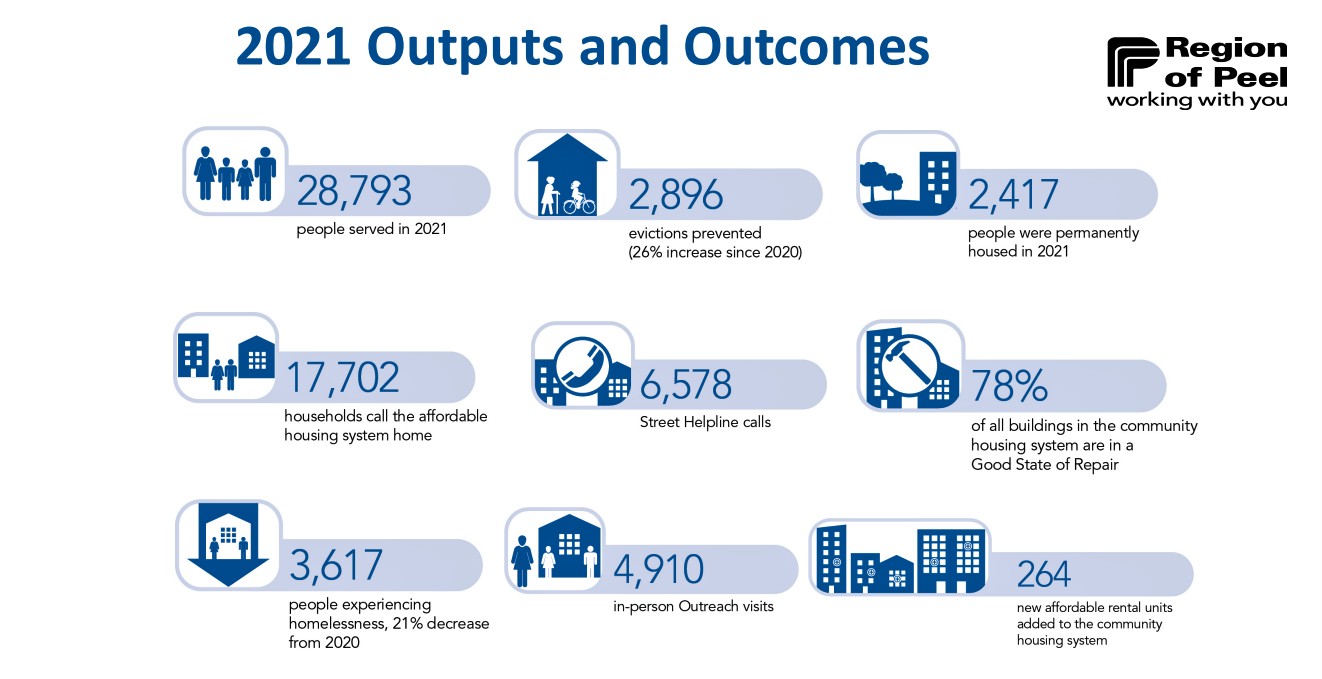
Peel’s housing crisis explodes—waitlist for affordable units almost doubles in two years to over 28K households
“The challenge: building new units takes years. But there’s an affordable housing crisis right now.”
That is a sentence in the 2021 annual Peel Housing and Homelessness Plan (HHP) which is supposed to create tangible actions to address the crisis in the Region over the next decade.
Once referred to as the Home for All Plan (before that strategy had to be abandoned due to woeful performance in reaching the Region’s own approved targets for new affordable units) it spells out the numerous times higher levels of government did not provide adequate support to the Region, how private developers are not stepping up and the resulting affordable housing crisis that has become exponentially worse during the pandemic.
At the end of 2019 there were 14,997 households on Peel’s centralized affordable housing waitlist. An updated report to Regional Council, shows Peel’s waitlist grew to a staggering 28,227 households by the end of 2021, an almost unfathomable 88 percent increase in just two years.
It illustrates how dire the current situation is for a huge portion of Peel’s families.

Peel families waited for a Habitat For Humanity project that helped them secure a home.
(The Pointer file photo)
The demand for affordable housing is so far ahead of the private-and-public-sector supply that the numbers seem like a typo.
Between 2018 and 2020 less than 1 in 2,600 new ownership units that came online in Peel were affordable for low-income families.
The Region’s own council-approved strategy, to build 75,000 affordable, middle-income and market rate units in ten years, between 2018 and 2028 (7,500 annually), has been such a disappointment, the figures aren’t even used anymore, with private-sector partners showing hardly any interest in helping reach the targets.
This is happening as those residents who were deemed “middle income earners” and were able to comfortably rent or buy a property in Peel, now turn toward subsidized housing.
According to the PHHP, 29 percent of households with incomes between $57,442 and 103,345 are in unaffordable housing. About 70 percent of those with a household income of less than $57,421 are in unaffordable housing.
The Region defines affordability as a family spending less than 30 percent of its income on housing.
With the amount of people slipping through the cracks, the Region also saw a 26.9 percent increase in shelter use over 2021.

More Mississauga residents, with the larger population, have turned to subsidized housing services compared to Brampton and Caledon.
(Region of Peel)
“It is also apparent that our community’s housing needs are increasing at exponential rates,” the report reads.
The crisis gets worse by the day, but stakeholders in the construction and development industry, who benefit from generous municipal zoning policies, the waving of development charges, so-called community improvement trade-offs (which often see developers get most of the advantages while the community gets little in return) continue to turn a blind eye to affordability for families, despite all the opportunities handed to them by the same municipal partners asking desperately for help.
In the past several years, Regional Council has endorsed two plans aimed at preventing homelessness and precarious living for families, while providing affordable housing and advocating for more funding. The original 10-year HHP set in motion in 2018 to create 75,000 affordable, middle-income and market rate units by 2028 was essentially abandoned due to the unwillingness of developers to construct affordable units.
The 2021 update shows there were 264 affordable rental units added, but, as stated earlier, between 2018 and 2020 less than 1 in 2,600 new ownership units that came online were affordable for low-income families.
The Housing Master Plan paints a more realistic picture of which projects the Region is planning to fund until 2034. It explains that 31 projects will create 5,650 rental units, 226 supported units and 60 shelter beds. It is a long-term outline for the bare minimum Peel needs. Otherwise the affordable housing crisis could spiral so far out of control, major problems will arise, such as sweeping public health and safety issues, widespread poverty, a breakdown in the healthcare system and the complete collapse of social services that simply cannot keep up.
The figures above represent less than eight percent of the overall number of units promised in the HHP by 2028.
It shows how little faith staff have in turning the crisis around. The new approach is to lower expectations.
The two plans, with vastly different numbers, show the Region recognizes it simply cannot provide adequate housing services for all its residents who need them.
Highlighted throughout reports and the annual HHP update, is the increasing cost of housing. Staff report that rental and housing prices have grown 40 percent and 162 percent respectively over the last decade. By the end of 2021 the average sale price in Peel neared $1.2 million while monthly rates for rental units reached $1,835.
“Given the growing failure of the market to provide affordable housing options, it is not surprising that 28,227 households were on Peel’s centralized waiting list for subsidized housing by the end of 2021,” the HHP update says.
A large part of the blame throughout the annual update is put on upper levels of government. The plan states how the property tax base was “never intended” to meet the needs of affordable housing in communities.
Since July 2019, Peel has secured $689.1 million in provincial and federal funding for the HMP, which has allowed the creation of 234 units, with 965 to be built by 2028. Compared to the number of households needing affordable housing this is a drop in the bucket, illustrating the need for a national housing strategy, which federal governments have refused to fund, instead offering envelope funding for projects and strategies on an ad hoc basis.
Staff explain in the HMP update that “if fully funded” the Region’s housing plan could create 2,200 new units but that would demand the provincial and federal governments contribute far more to close the $319.6 million funding gap. To move the plan forward, out of desperation, the Region has committed to draw $336 million from its own reserve accounts.
Peel Living, an organization owned by the Region, has 75 sites with various housing types which impact the lives of 17,000 people. The update says Peel Living, like the municipality, is in desperate need of funding to ensure the housing it provides continues to stay well maintained and safe.
The 2021 annual update explains Peel Living has a gap of at least $442 million in its 10-year Capital State of Good Repair budget. This means without funding, affordable housing infrastructure will deteriorate and potentially become unstable and dangerous for residents. The HHP states 23 buildings are not in a state of good repair and two of the shelters need upgrades.

Peel Living needs hundreds of millions of dollars to ensure the properties it owns stay safe.
(Peel Living)
The affordable housing crisis is putting even more pressure on the Region’s already stretched shelter system, which operates beyond capacity.
In a region with about 1.6 million residents, there were only 264 shelter beds in Peel and 60 units in the Peel Family Shelter system prior to the pandemic. Toronto, with about 3 million residents, has more than 7,000 shelter beds.
The Region manages, oversees and funds shelters in Peel and works with the Canadian Mental Health Association to provide other social services. Street Helpline is an outreach program working 24/7 and uses a van to respond to mental health crises. In March 2020 Regional Council increased the funding from $1.4 million to $2.5 million.
In 2021 the service received 6,578 calls for shelter help and 90 people were permanently housed.

Staff list accomplishments in the update but also reiterate lack of funding and barriers to providing housing.
(Region of Peel)
“I just want to reiterate that our shelters are safe. But there is room for improvement,” Aileen Baird, director of housing services said to council when the update was presented. “Some homeless are concerned about coming into the shelters, and there are a variety of reasons for that.”
According to Baird, Wilkinson Road Shelter in Brampton needs a complete “overhaul.” It serves single adult men.
There is a plan to change its service delivery model.
“If you are struggling with drug and alcohol addiction you're not able to consume alcohol or drugs on site. So the Wilkinson proposal that we put forward would actually change the programming,” Baird said. “It would be designed as a low barrier program coming from a harm reduction perspective.”
According to staff, the provincial and federal governments have funded 22 percent of the total operating expenditures for housing support. With such a large gap between that amount and what’s needed, Peel is fostering relationships with private non-profits and developers to fill the void.
There are a number of organizations Peel partners with and over the pandemic the Region developed more relationships with community agencies. A key partnership formed between the Region and hotel providers which has assisted people in need of emergency shelter.
How the Region manages its shelter system has changed substantially with the rapid increase in demand as housing affordability has become more precarious.
If a shelter is exceeding 100 percent capacity, staff have a “do not turn away” policy which forces the Region to find other options to house individuals. Over the pandemic when social distancing came into effect, staff asked nearby hotels to assist. Dubbed “isolation hotels”, not only did these services keep people off the streets, they also provided valuable healthcare and addictions treatment.
The program was so successful, the Region had “several” hotels respond to a Request for Expression of Interest to provide shelter overflow services. Through the June 23 report, council authorized staff to negotiate directly with the hotels that have amenities required to handle temporary shelter overflow capacity.
To address the housing crisis, developers have to be a key part of the HHP, for it to succeed. Staff have identified 39 development applications to advance the plan and explore opportunities with builders to provide affordable housing. It’s unclear how many of these will result in the construction of affordable housing units.
Using bylaws and planning tools like inclusionary zoning (IZ) municipalities can require new projects built within major transit station areas to have a certain percentage of affordable units. In May, Peel took the responsibility to be the administrator of affordable units secured through IZ. So far, none of the three lower-tier municipalities has passed IZ bylaws.
Peel staff continue to look for opportunities to establish more housing in the region but despite small victories, they admit in the update report, the crisis simply is not being adequately addressed.
“By itself, the Region is limited in its ability to address the scale of the market housing affordability crisis in Peel.”
Email: [email protected]
Twitter: @taasha__15
COVID-19 is impacting all Canadians. At a time when vital public information is needed by everyone, The Pointer has taken down our paywall on all stories relating to the pandemic and those of public interest to ensure every resident of Brampton and Mississauga has access to the facts. For those who are able, we encourage you to consider a subscription. This will help us report on important public interest issues the community needs to know about now more than ever. You can register for a 30-day free trial HERE. Thereafter, The Pointer will charge $10 a month and you can cancel any time right on the website. Thank you
Submit a correction about this story


